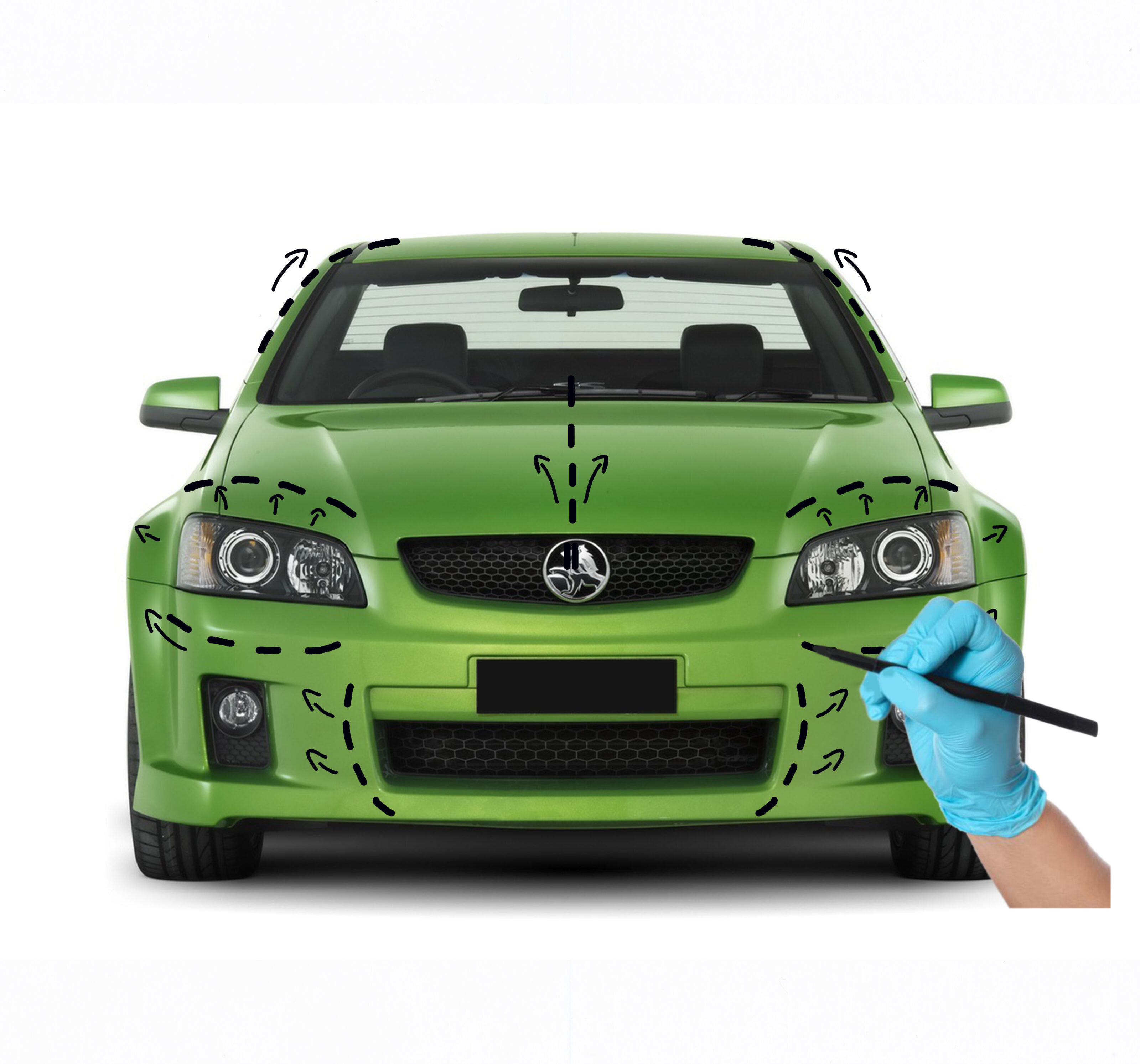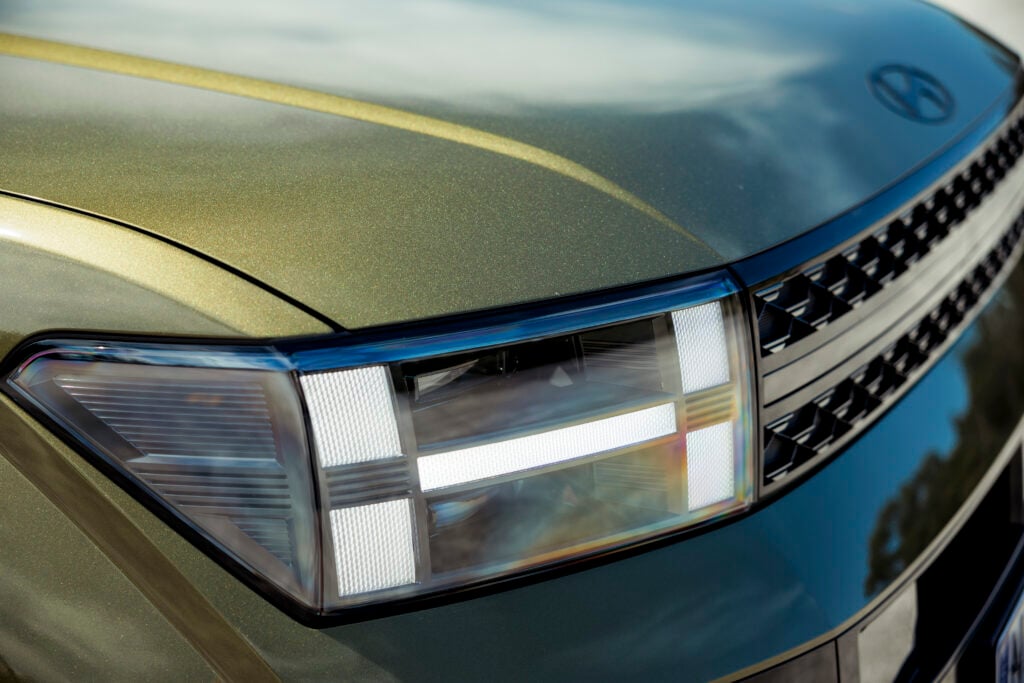It’s well accepted that cars are fashion items as much as a functional means of transport. And just like other fashionistas, cars also occasionally need a little Botox or lip-fillers, in order to maintain visual appeal as age creeps up.
It has long been common practice in the auto industry to give a car a minor ‘nip and tuck’ after a few years. Colloquially known as ‘face lifts’, the industry refers to these refreshes with terms like Mid-Cycle Upgrades.
Developing a new-generation vehicle architecture is a very expensive exercise. When Holden released the all-new VE model back in 2006, it was called the ‘Billion Dollar Baby’. Many years of development and hundreds of millions of dollars in tooling and manufacturing-plant investment go towards that eye-watering, up-front bill.
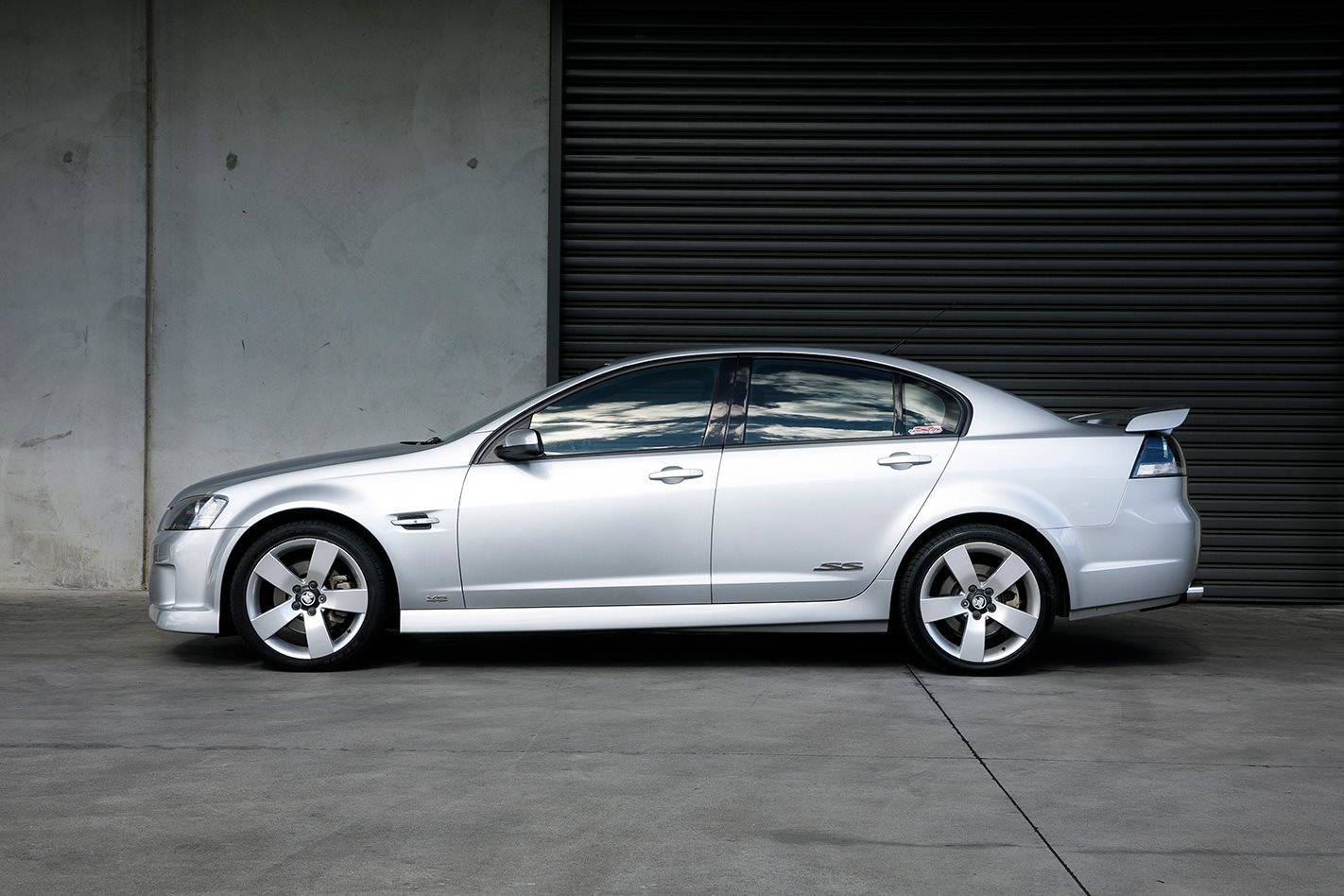
These costs need to be amortised over a number of years, so it’s not uncommon for a vehicle architecture to hang around for up to a decade. Along the way, the automotive landscape changes so it is imperative to remain agile and respond to market expectations.
There are a number of factors to consider when determining the timing and scope of a facelift. Aside from cosmetic visual changes, car makers also need to keep abreast with regulatory changes, which can often affect the appearance of the car. Consider the heightened awareness of pedestrian-protection, which has had a dramatic influence on vehicle design.
Equally important is changes in fuel consumption and emission standards, which occur on a regular basis. Powertrains need to be frequently upgraded, and regulation changes may not conveniently coincide with the original launch of the new model. As a side note, it will be interesting to watch how EVs will be regulated in the future.
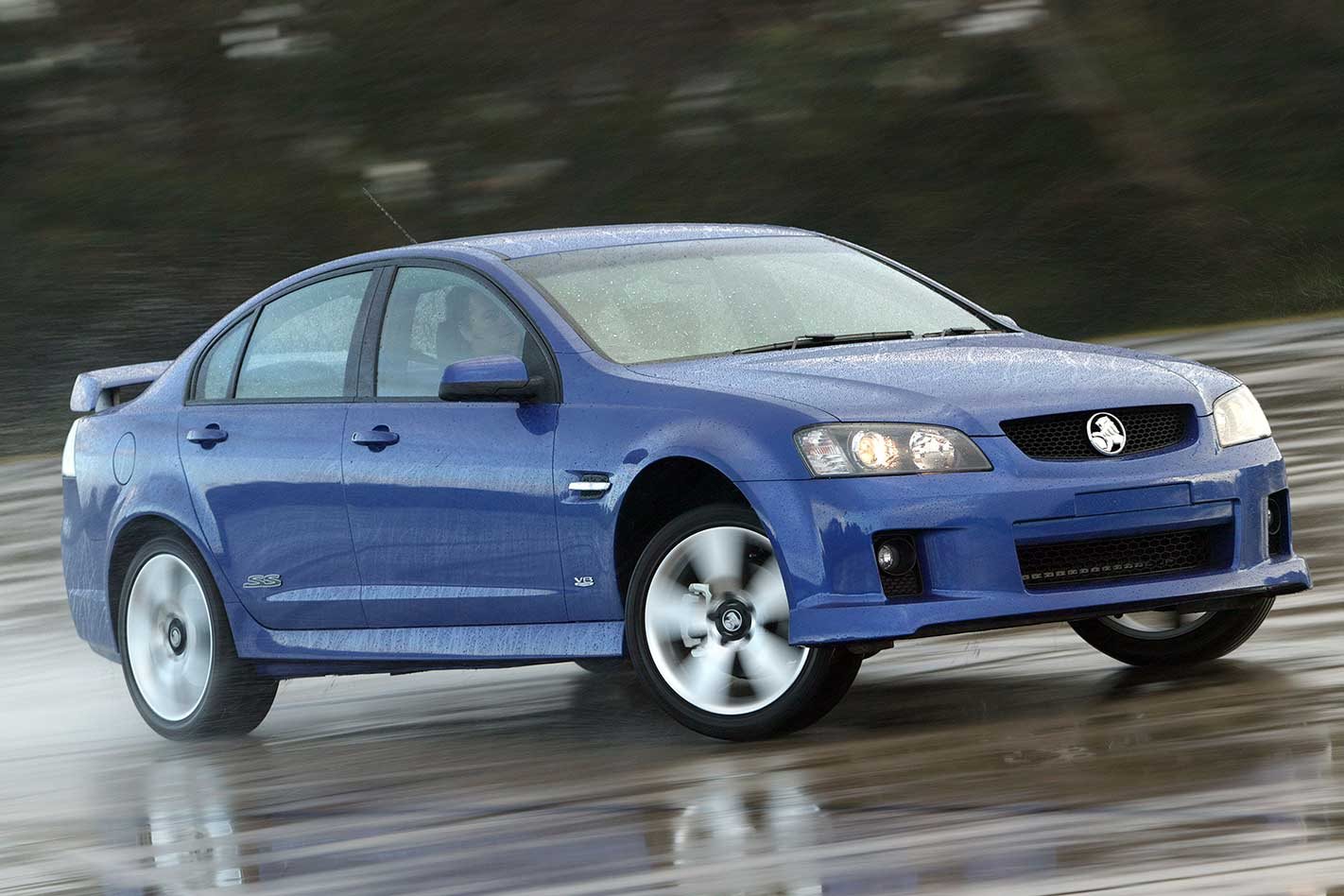
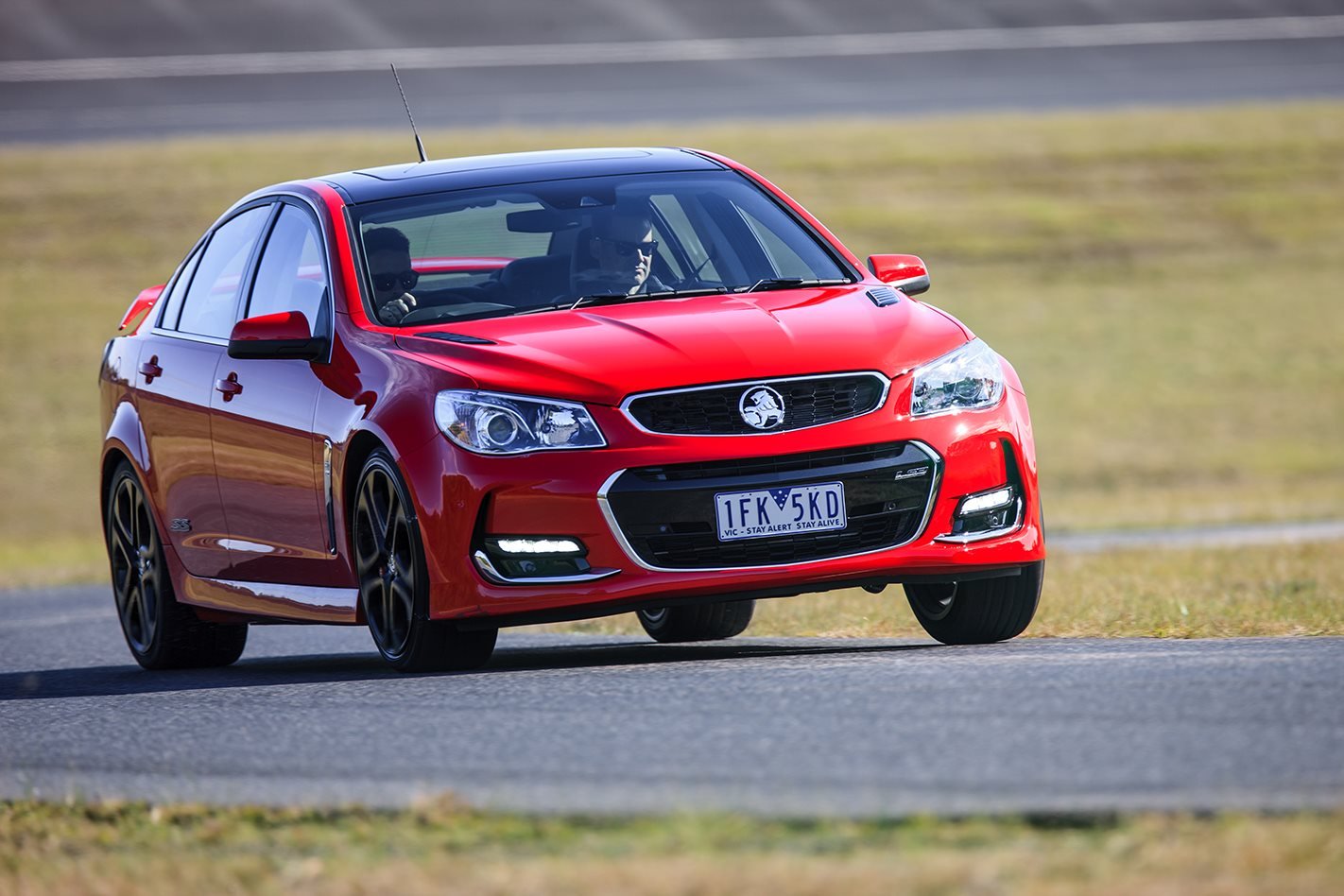
Similarly, general advances in new technology and features will occur during the lifespan of the model, so facelifts are midstream opportunities to roll in these new innovations. Another great example is the recent advances in infotainment technology. Interior design has been completely revised as flat screens have replaced conventional gauges and controls.
All of these factors play a part in the framing of a facelift and car makers aim to combine as many of these upgrades into one change, in order to create the biggest bang-for-buck. Ideally, the upgrade would occur about three years into the lifecycle and include styling changes, mechanical upgrades and new technologies.
Despite all of this, most people associate facelifts with styling changes. Interestingly, people can respond very differently to a facelift re-style. Some people will vehemently argue that the original model is always the best because it is the purest interpretation of the designer’s vision.

Certainly, there are many examples of botched facelifts. But there are equally many examples of minor restyles which have enhanced the original vision, sometimes with only small changes.
As I always say, styling is an entirely subjective topic so not everyone will agree with me, but I’d point to a number of Aussie facelifts which I believe were improvements on the original.
Going right back to early Holdens, I think the FJ enhanced the FX and the FC improved the FE. Similarly, I prefer the EH over the EJ, and the HR over the HD. However, I will concede the original HQ was cleaner than the subsequent models.
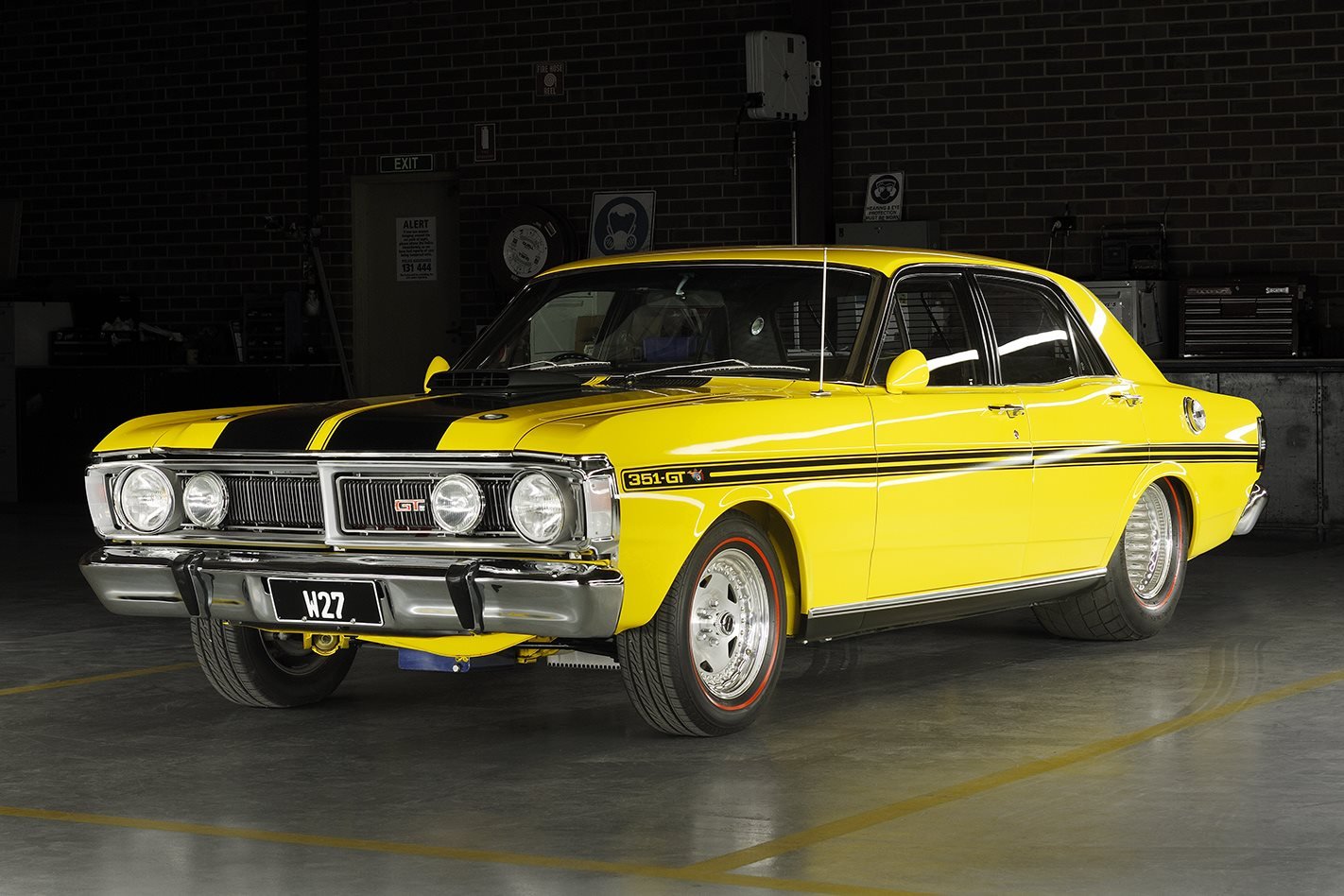
Ford’s XY Falcon was the most memorable of the XR, XT and XW predecessors and the XB Falcon added a degree of Ford boldness to the elegant XA, to name a few.
Australian car makers had always been adept at facelifts, in response to our unique circumstances. Our comparatively smaller volumes dictated that new-vehicle architectures had to endure for a longer period than overseas versions. It also meant that we had to derive multiple body-styles from the same architecture, like sedans, wagons, utilities and coupes.
The Aussie auto industry has a storied history of delivering solutions through clever thinking and pragmatic improvisation.
Richard Ferlazzo is the former GM Holden Design Director.
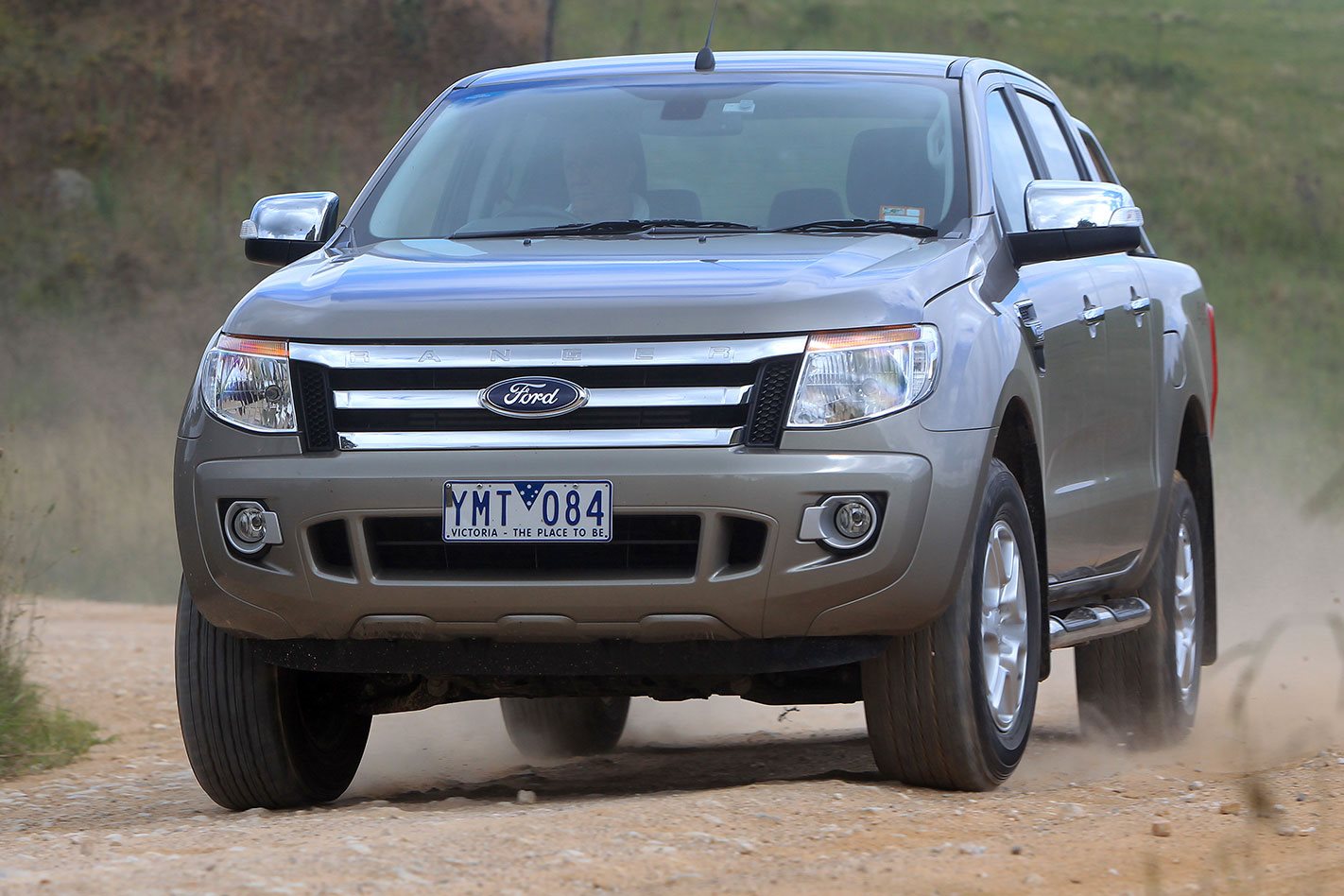
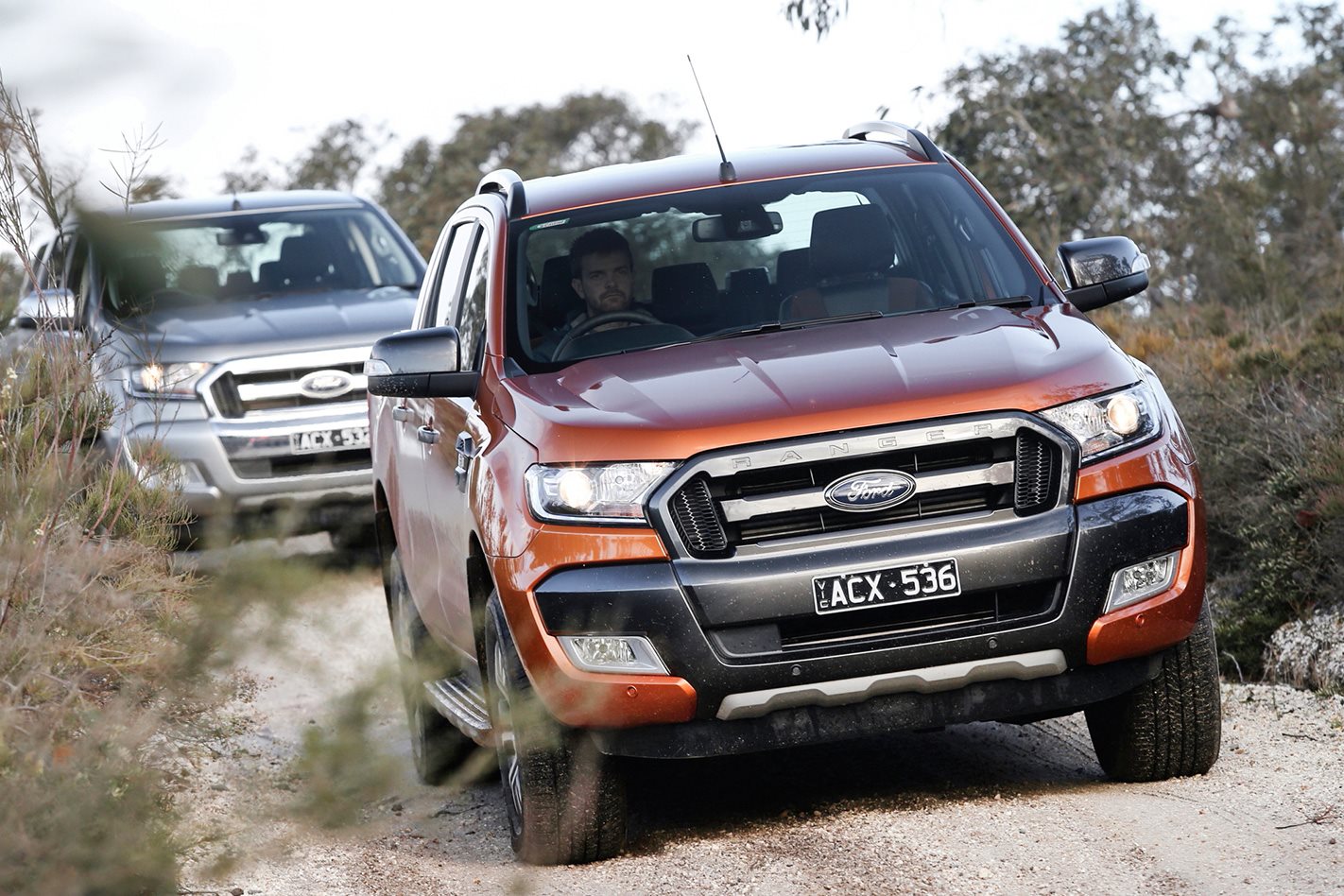
We recommend
-
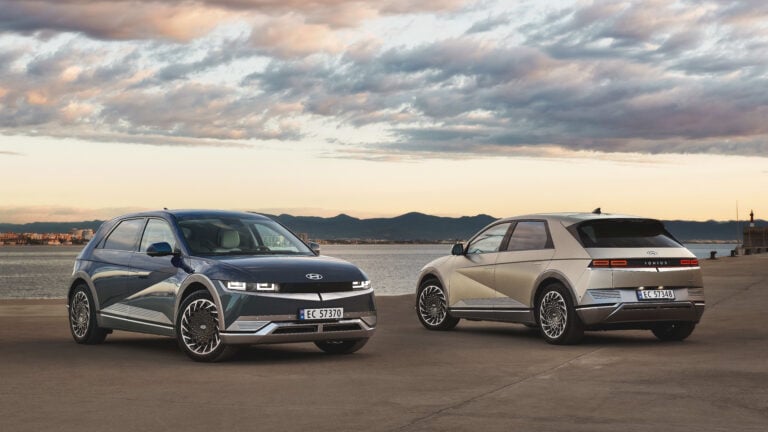 Opinion
OpinionOpinion: The design challenges EVs bring
Many people believe that electric vehicles will liberate car designers, unshackled from conventional drivetrain packaging constraints. Not quite.
-
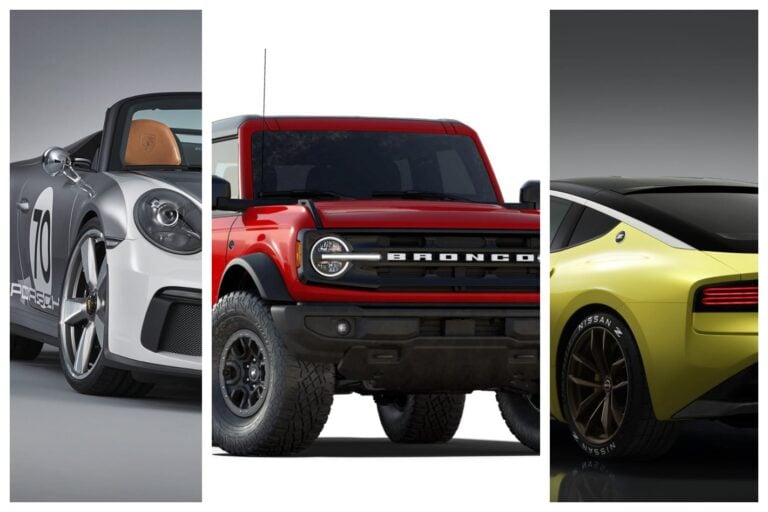 Features
FeaturesOpinion: retro design will keep cars fun
Morley on why we’ll have to look to our past for fun in the future
-
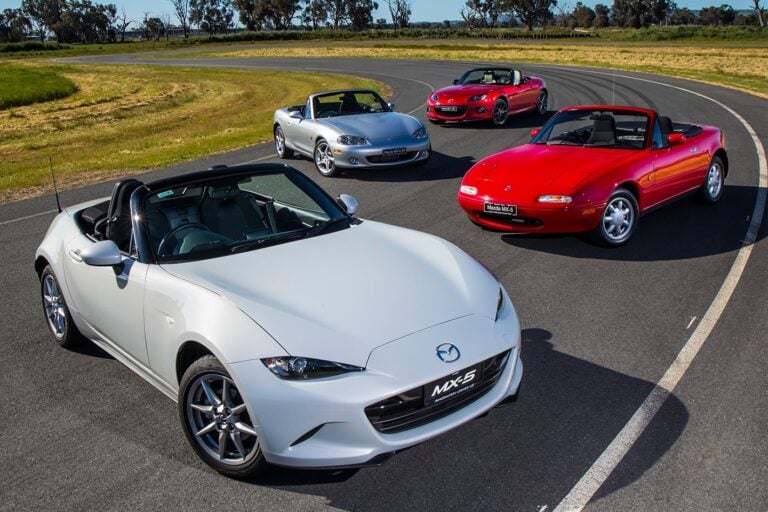 Opinion
OpinionOpinion: How modern car design draws from the past
It’s no surprise that designers will look for inspiration from the past when designing for the future

